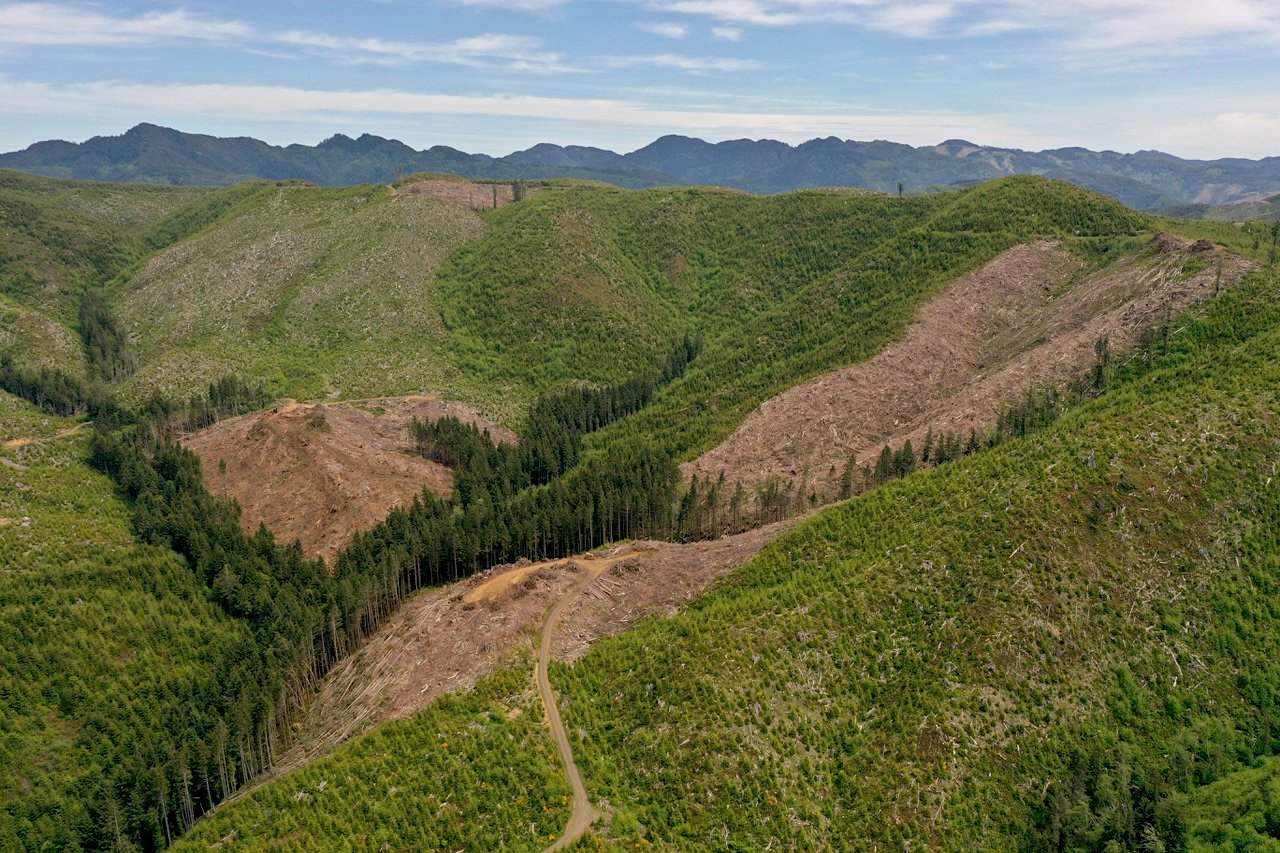Municipal and community surface drinking water supplies need to be protected from logging, grazing, roading, and other development.
Read MoreProtecting Drinking Water Sources, Part 2: Suggestions for Improvement

Oregon Department of Forestry
Municipal and community surface drinking water supplies need to be protected from logging, grazing, roading, and other development.
Read Moret turns out that state forests are not held in trust for the financial benefit of certain timber-addicted counties.
Read MoreWhile the Oregon Private Forest Accords is a grand bargain with a great net gain for the conservation of Oregon forestlands, it is not a complete one. A comparable grand bargain is needed for terrestrial species conservation on Oregon’s private timberlands. Regulation of private land is inadequate to provide optimal public benefits. More private timberland should be reconverted to public forestland.
Read MoreThe OPFA—an agreement between Oregon private timberland interests and conservation and fishing interests to convince the Oregon Legislative Assembly to rewrite the Oregon Forest Practices Act in the 2022 short session—is epic. If legislators agree, conservation requirements on the state’s private timberlands will be strengthened significantly.
Read MoreControversy over the management of state forests in Oregon is on the rise, which is a good thing. Before examining some of the controversies in Part 3, let’s first understand the various kinds of state forests and the administrative entities that manage them.
Read MoreThe seven-member Oregon Board of Forestry will decide next Tuesday, October 6, whether to proceed in seeking a habitat management plan and concurrent incidental take permit for sixteen imperiled species that inhabit western Oregon state forests.
Read More



